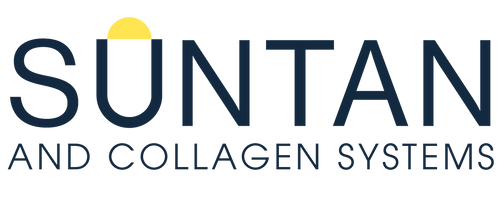Barikbin B, et al. (2017). Comparison of the effects of 665 nm low level diode Laser Hat versus and a combination of 665 nm and 808nm low level diode Laser Scanner of hair growth in androgenic alopecia. DOI: doi.org/10.1080/14764172.2017.1326609
Bjordal JM, et al (2006). A randomised, placebo controlled trial of low level laser therapy for activated Achilles tendinitis with microdialysis measurement of peritendinous prostaglandin E2 concentrations. DOI: doi.org/10.1136/bjsm.2005.020842
Brosseau L, et al. (2005). Low level laser therapy (Classes I, II and III) for treating rheumatoid arthritis. cochranelibrary-wiley.com/doi/10.1002/14651858.CD002049.pub2/abstract;jsessionid=547ADC83716DD5214F1136F64910C045.f02t02
Chaves MEA, et al. (2014). Effects of low-power light therapy on wound healing: LASER x LED. DOI: doi.org/10.1590/abd1806-4841.20142519
Chung H, et al. (2012). The nuts and bolts of low-level laser (light) therapy. DOI :doi.org/10.1007/s10439-011-0454-7
Cobb CM. (2006). Lasers in periodontics: A review of the literature. DOI: doi.org/10.1902/jop.2006.050417
Decision memo for infrared therapy devices (CAG-00291N). (2006). cms.gov/medicare-coverage-database/details/nca-decision-memo.aspx?NCAId=176&NcaName=Infrared+Therapy+Devices&DocID=CAG-00291N&id=176&bc=gAAAAAgAAgAAAA==&
Franke TP, et al. (2017). Do patients with carpal tunnel syndrome benefit from low-level laser therapy? A systematic review of randomized controlled trials. DOI: doi.org/10.1016/j.apmr.2017.06.002
Gaida K, et al. (2004). Low level laser therapy — a conservative approach to the burn scar? DOI: doi.org/10.1016/j.burns.2003.12.012
Goldberg DJ, et al. (2006). Combined 633-nm and 830-nm led treatment of photoaging skin. ncbi.nlm.nih.gov/pubmed/16989189/
Jadaud E, et al. (2012). Low-level laser therapy: A standard of supportive care for cancer therapy-induced oral mucositis in head and neck cancer patients? DOI :doi.org/10.5978/islsm.12-RE-01
Kadhim-Saleh A, et al. (2013). Is low-level laser therapy in relieving neck pain effective? Systematic review and meta-analysis. link.springer.com/article/10.1007%2Fs00296-013-2742-z
Kim H, et al. (2013). Low‐level light therapy for androgenetic alopecia: A 24‐week, randomized, double‐blind, sham device–controlled multicenter trial. DOI: doi.org/10.1111/dsu.12200
Kim W-S, et al. (2011). Is light-emitting diode phototherapy (LED-LLLT) really effective? DOI: doi.org/10.5978/islsm.20.205
Lee SY, et al. (2007). A prospective, randomized, placebo-controlled, double-blinded, and split-face clinical study on LED phototherapy for skin rejuvenation: Clinical, profilometric, histologic, ultrastructural, and biochemical evaluations and comparison of three different treatment settings. DOI: doi.org/10.1016/j.jphotobiol.2007.04.008
Lighting the way for quicker, safer healing. (n.d.). spinoff.nasa.gov/Spinoff2005/hm_1.html
Phototherapy. (2018).psoriasis.org/about-psoriasis/treatments/phototherapy
Tchanque-Fossuo CN, et al. (2016). Low-level light therapy for treatment of diabetic foot ulcer: A review of clinical experiences. jddonline.com/articles/dermatology/S1545961616P0843X
Schindl A, et al. (1999). Low-intensity laser therapy is an effective treatment for recurrent herpes simplex infection. Results from a randomized double-blind placebo-controlled study. https://www.ncbi.nlm.nih.gov/pubmed/10469307
Stelian J, et al. (1992). Improvement of pain and disability in elderly patients with degenerative osteoarthritis of the knee treated with narrow‐band light therapy. DOI: doi.org/10.1111/j.1532-5415.1992.tb01824.x
Wirz-Justice A, et al. (2011). A randomized, double-blind, placebo-controlled study of light therapy for antepartum depression. europepmc.org/abstract/med/21535997
Wunsch A, et al. (2014). A controlled trial to determine the efficacy of red and near-infrared light treatment in patient satisfaction, reduction of fine lines, wrinkles, skin roughness, and intradermal collagen density increase. DOI: doi.org/10.1089/pho.2013.3616
Yousefi-Nooraie R, et al. (2008). Low level laser therapy for nonspecific low-back pain. cochranelibrary-wiley.com/doi/10.1002/14651858.CD005107.pub4/abstract











